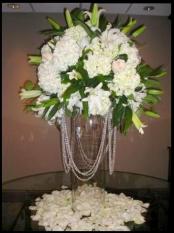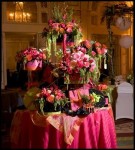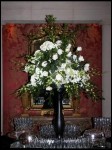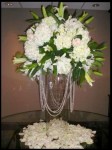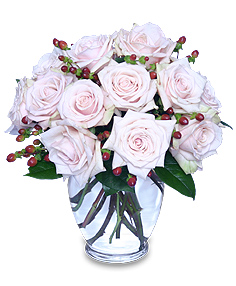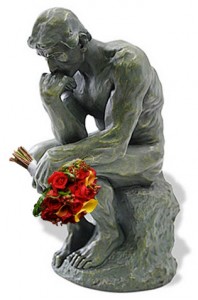 Preparing for the future is always easiest when we know from whence we came. In this month’s Aspects of Design from FlowerShopNetwork.com, we focus on popular periods of design and how they can be interpreted into floral designs. Below is a handy, easy-to-print chart with the style and time period in which the style of design was dominant. We also include a brief description of many styles.
Preparing for the future is always easiest when we know from whence we came. In this month’s Aspects of Design from FlowerShopNetwork.com, we focus on popular periods of design and how they can be interpreted into floral designs. Below is a handy, easy-to-print chart with the style and time period in which the style of design was dominant. We also include a brief description of many styles.
In floral design school? Need to brush up on your period pieces for a theme party? Interested in art behind what we do? Whatever your interest, the information below will help enhance your unique floral design skills. [Read more…]


 Find Your
Find Your 